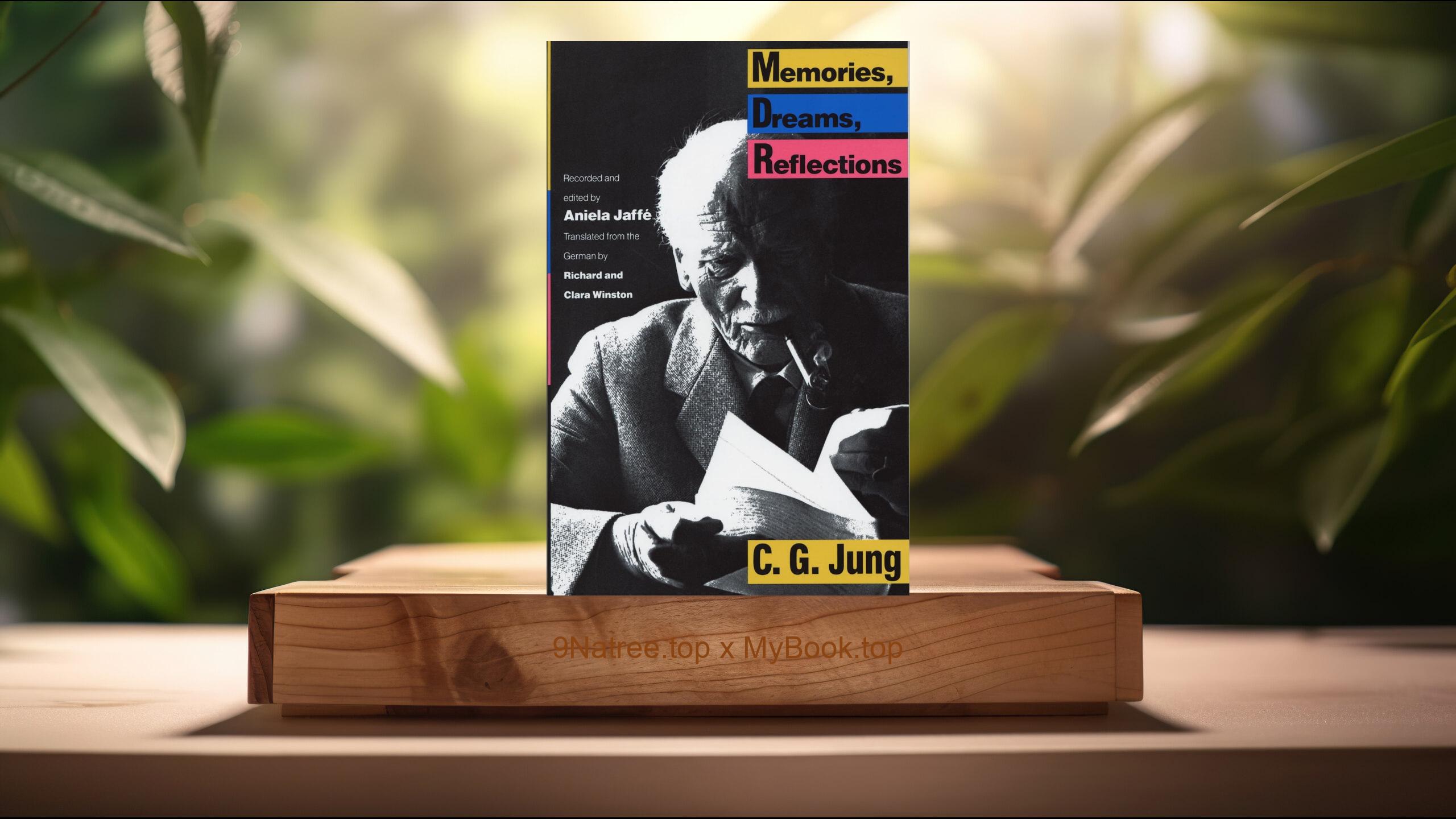Show Notes
Amazon Books: https://www.amazon.com/dp/9391165958?tag=9natree-20
Read more: https://mybook.top/read/9391165958/
#geneticstudies #humanmigrations #IndusValleyCivilization #castesystem #IndoEuropeanmigrations #agriculturalrevolution #urbanization #earlyIndianhistory #EarlyIndians
These are takeaways from this book.
Firstly, The Genetic Evidence, Tony Joseph uses genetic evidence as the backbone to explore the deep ancestries of modern Indians, illustrating a complex journey of migrations. Genetic markers, through studies of DNA from current and ancient populations, reveal how groups from different parts of the world have contributed to the Indian gene pool over tens of thousands of years. This evidence shows the Indian population as a mosaic, made up of multiple waves of migration, notably from Africa, West Asia, and Central Asia. It’s not just about establishing a timeline; it’s about understanding the mix of ancestries and the flow of genes that tell a compelling story of adaptability, survival, and the blending of cultures. The role of genetic evidence in tracing human history has been revolutionary, and Joseph adeptly uses this science to debunk myths and highlight the diversity within the Indian subcontinent.
Secondly, The Agricultural Revolution and Its Impact, One of the pivotal events in early Indian history, as outlined by Joseph, is the advent of agriculture. This transition from nomadic lifestyles to settled farming communities around 10,000 years ago was a turning point that shaped societies, economies, and cultures. The agricultural revolution allowed for population growth, the establishment of social hierarchies, and the development of trade networks. Joseph explores how the subcontinent’s geography facilitated diverse agricultural practices, leading to the proliferation of distinct cultures and languages. This section of the book delves into the complexities of how agriculture influenced social structures, leading to the formation of civilizations such as the Harappan (Indus Valley Civilization). The narrative explains how agriculture was a catalyst for technological innovations and urbanization, setting the stage for future developments in Indian society.
Thirdly, The Formation of Caste System, Joseph takes on the sensitive and intricate subject of the caste system, tracing its origins and evolution over millennia. He discusses how the initial divisions of society based on occupation and merit gradually crystallized into a rigid caste system. This exploration is significant, as it confronts a deeply ingrained social hierarchy that has influenced millions of lives through restrictions on occupation, dietary habits, and marriage. The book provides insights into how historical invasions, migrations, and the spread of agriculture and urbanization played roles in shaping the caste system. Joseph does not shy away from the complexities and controversies of his assertions, seeking instead to offer a historical perspective grounded in research that sparks further dialogue about the caste system’s role in Indian history and its implications in contemporary society.
Fourthly, The Arrival of Indo-Europeans, A major theme in ‘Early Indians’ is the arrival of the Indo-European language speakers, often associated with the Aryans, and their profound influence on the Indian subcontinent. Joseph examines genetic, linguistic, and archaeological evidence to narrate this migration, which is often depicted as an invasion in popular myth. This migration, occurring around 2000 BCE, introduced new cultural and linguistic elements that would profoundly influence the region's social fabric, religious practices, and literature. The book details how these new arrivals melded with the existing cultures and populations, leading to the vibrant cultural synthesis that characterizes the Indian civilization. Joseph’s work on this topic is a valuable contribution to the discussion, moving beyond the controversy to explore the impact of these migrations on the genesis of Indian society.
Lastly, Urbanization and the Rise of Civilizations, Tony Joseph devotes significant attention to the processes of urbanization and the rise of civilizations within the Indian subcontinent, with a particular focus on the Indus Valley Civilization. He discusses how the growth of agricultural settlements paved the way for sophisticated urban centers such as Harappa and Mohenjo-Daro. These cities are presented as marvels of early urban planning, with advanced water management systems, distinct social organization, and vibrant trade networks that extended as far as Mesopotamia. Joseph explores how these early urban experiences shaped social, economic, and political structures, contributing to the rich tapestry of Indian history. This section highlights the importance of urbanization in fostering innovation, cultural development, and cross-cultural interactions that have been central to the development of civilizations across the Indian subcontinent.
In conclusion, ‘Early Indians: The Story of Our Ancestors and Where We Came From’ by Tony Joseph is an essential read for anyone interested in the origins of Indian civilization and the diverse mosaic of its people. Using a multi-disciplinary approach, Joseph successfully unravels the complex history of migrations, cultural integrations, and the evolution of social systems that have shaped modern India. The book not only educates but also challenges readers to think about identity and history in new ways. It is particularly beneficial for those interested in genetic studies, archaeology, and social sciences, offering a rich compendium of research and insights. Furthermore, ‘Early Indians’ serves as a reminder of the shared humanity and intertwined histories that bind not just Indians but all of humanity together. In a time when divisive narratives often prevail, this book offers a unifying perspective on human history, making it a valuable addition to both scholarly and general readerships.
![[Review] Early Indians: The Story of Our Ancestors and Where We Came From (Tony Joseph) Summarized](https://episodes.castos.com/660078c6833215-59505987/images/1751963/c1a-085k3-zo50kdm7fm44-eh8kkf.jpg)




